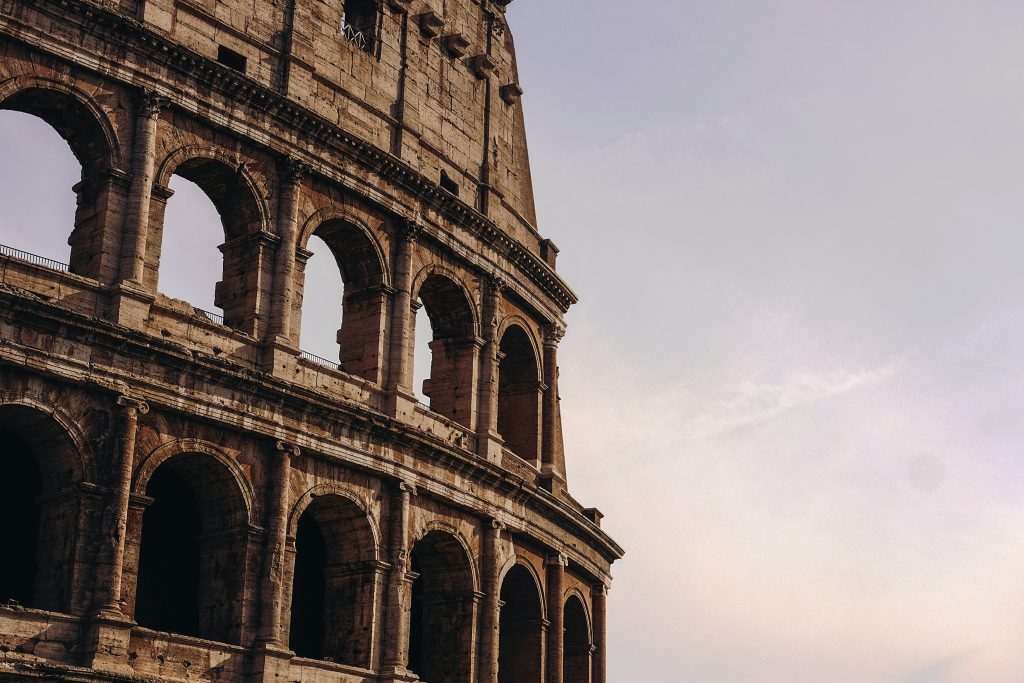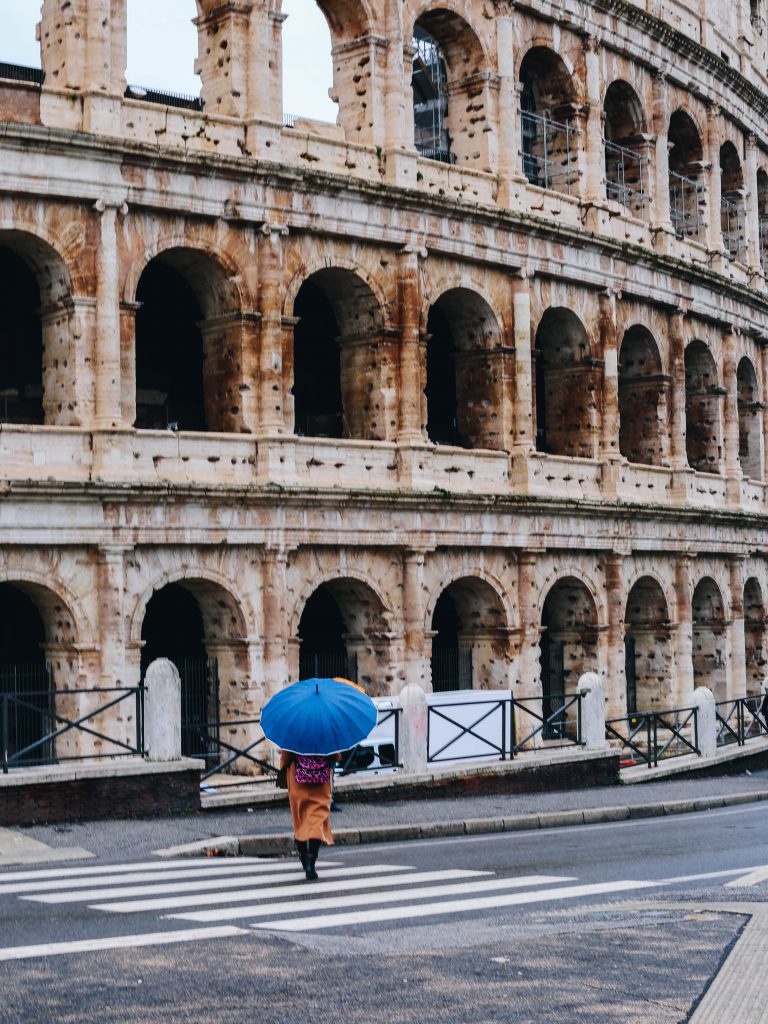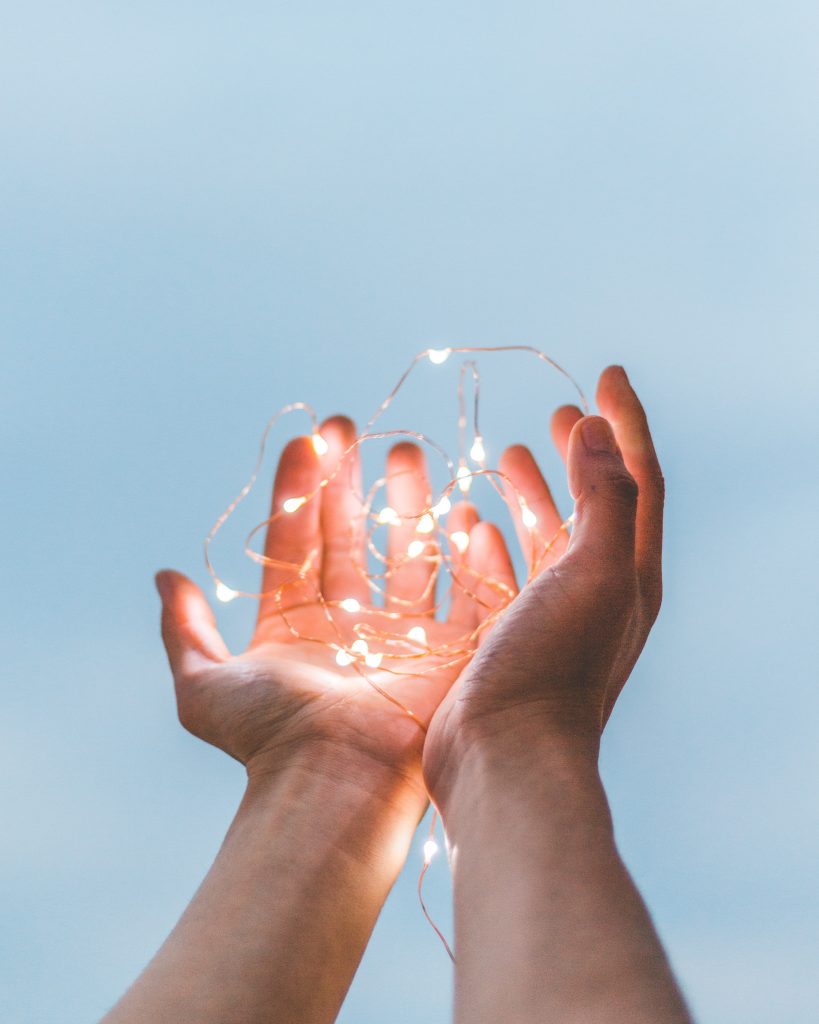
Why is the Colosseum still relevant? Why do we still find its design beautiful? Think about it. Why would we probably all still invest in it, even 2000 years after it was built? Because of the intangible feeling it evokes.
As a project manager and real estate consultant, I spend a lot of my time helping my clients understand how design impacts their businesses. They ask me questions like: “Is this building any good? What do we do with this now? What will this cost? What risks are associated with this solution?”
Here’s the thing. Design is often too strongly linked to what can be seen, when in reality it’s how it feels that counts. When you enter a building and feel like staying put, it’s very likely well-designed. Most of the answers I give my clients derive from that intangible feeling, because I believe that the feeling we want a product/asset/property to evoke is the #1 thing that makes a design successful.
The missing human element
These days, automation and technology are threatening a lot of industries. We live in an era of data and statistics — it’s safe to say that in 2020, we’re obsessed.
It’s easy to get caught up in design decision-making based on data and economical parameters of increased growth or other numbers, without contemplating any of the human intangibles that affect the actual success of the design. That’s a shame, because the return on your investment and the results you want your project to achieve (budget, quality and time) are almost always linked to these intangibles.

Design is actually a very intimate process. What if we started from scratch and focussed on the one thing we can provide that design will always require? That’s right: the human element.
At Cipenso., my mission is to bring more feeling into my clients’ design process. Why? Because feeling is lasting. Overlooking the human components in the design brief and design development leads to short term results which aren’t sustainable for long. I’m not interested in riding trends or fads. Let’s play the long game!
My mission is to bring more feeling into my clients’ design process. Why? Because feeling is lasting.
Identifying your intangibles
Let’s imagine for a minute that you want to design a luxury hotel. While it may be tempting to immediately jump into elements like architecture or interior styling, it’s crucial to stop and ask the question behind the question.
What is “luxury”? What is “good”? What makes “the difference”? What is “necessary”? What makes people “happy”?
For example, “luxury” to me means giving guests the possibility to choose and shape their experience. Bombarding guests with integrated technology, flashy lighting, and on-trend colors…does that represent freedom of choice? No.
It’s crucial to stop and ask the question behind the question.
You could do this exercise for any of the words above. I’m betting you’d discover that many of the answers you have are most likely wrong, or rather, short term and unconscious.
Creating a successful design that lasts comes down to one thing — what feeling does it leave you with?
4 ways to shake up your design process with feeling
To finish, let’s get practical. Here are four ways you can disrupt your stalled design process and reground it in the human touch.

Dare to interrogate
Ask yourself, your client, your team, and yourself the hard question behind the question: “Why are you designing [insert your project here]?”
Rethink your definition of good design
Instead of evaluating a project for its cosmetic face value, ask yourself: “Which intangible values will pay off most in the long run?” Identifying these values now will help you course-correct later.
Simplify your starting point
Consolidate all expectations before you kick off your project. Identify the one big picture goal that’s worth caring about, and make that your anchor.
Check in often
Once your project gets rolling, make sure you build moments into the process to re-answer the questions that motivated your journey in the first place.
.
Photos by Cristina Gottardi, Anastasia Dulgier, and Diego PH on Unsplash.